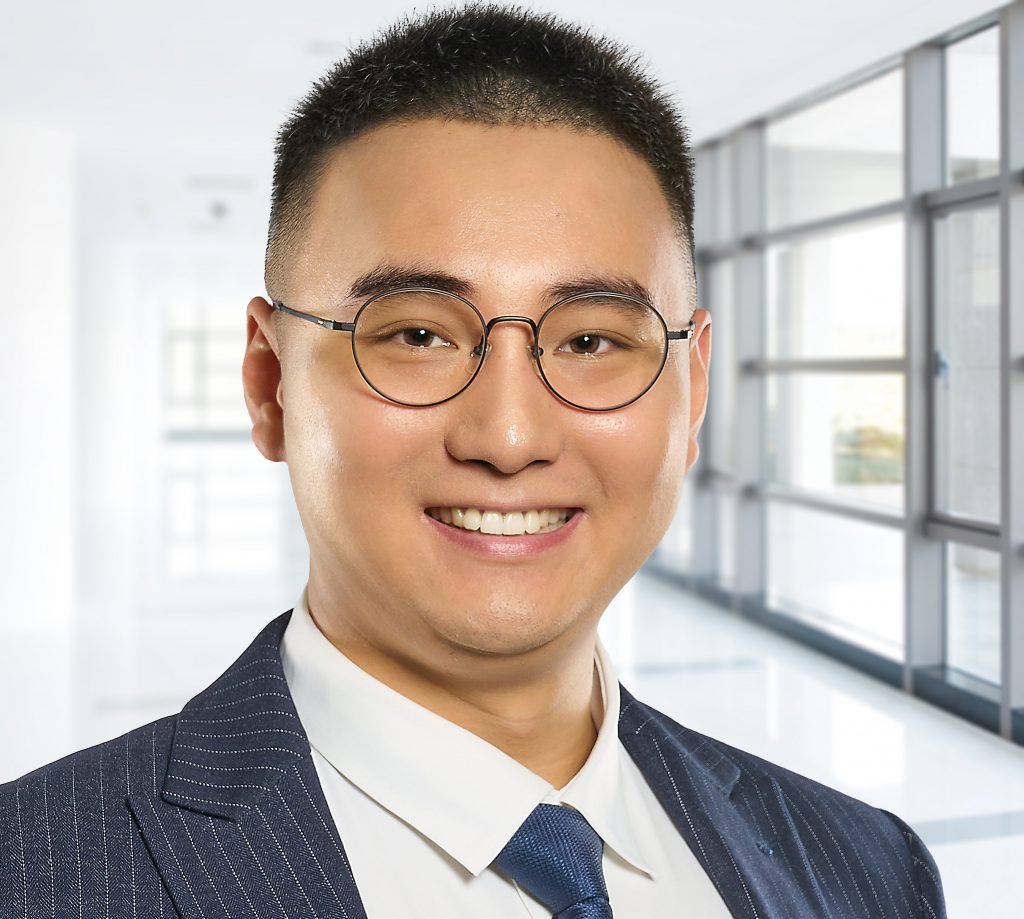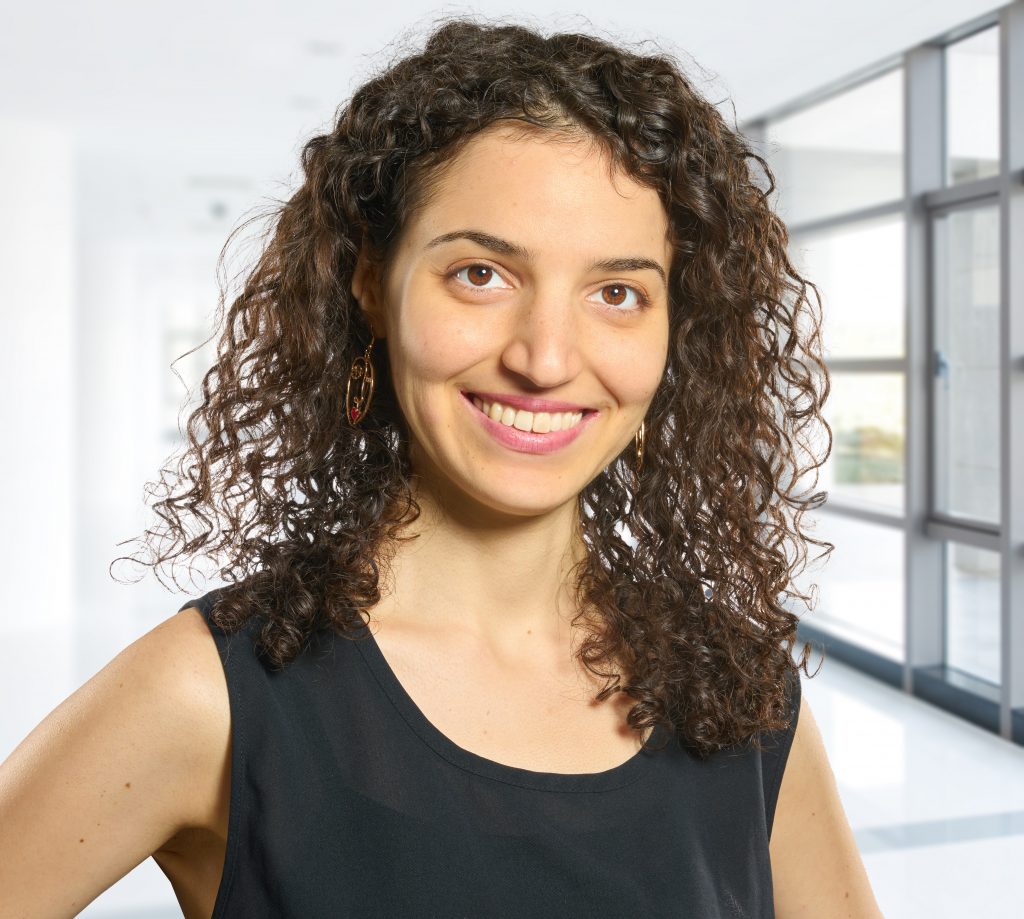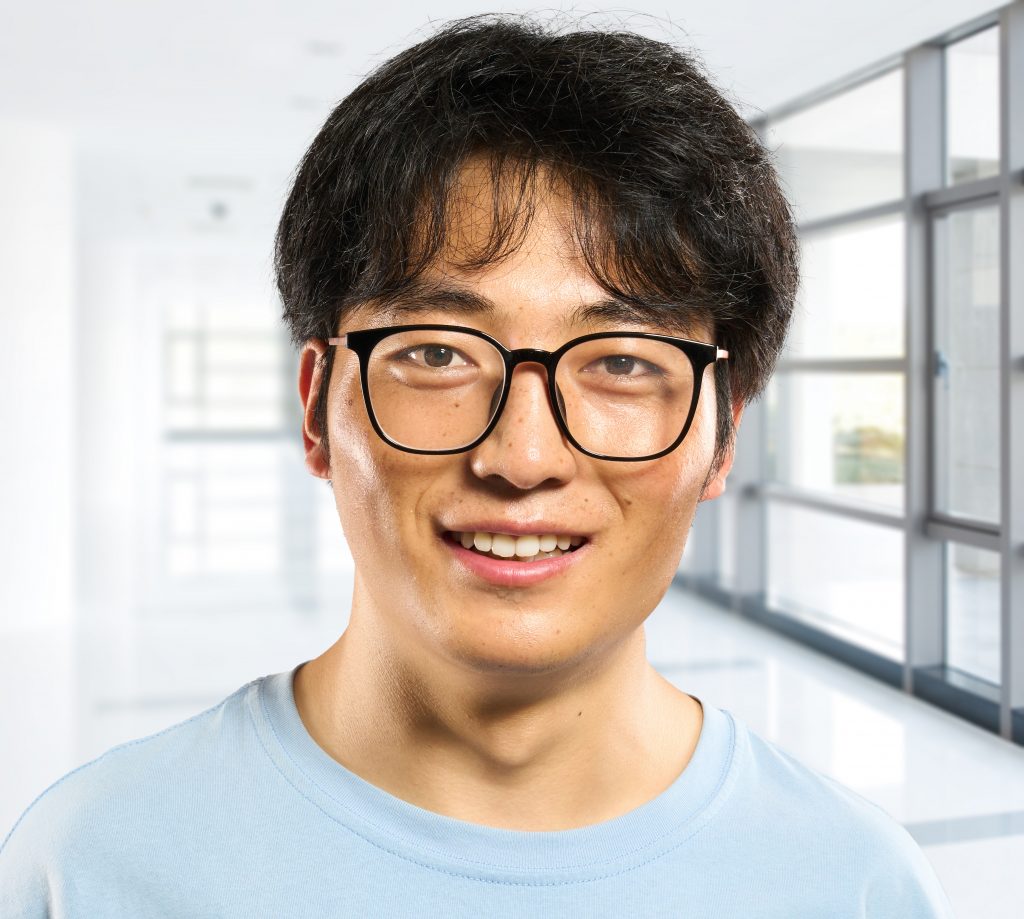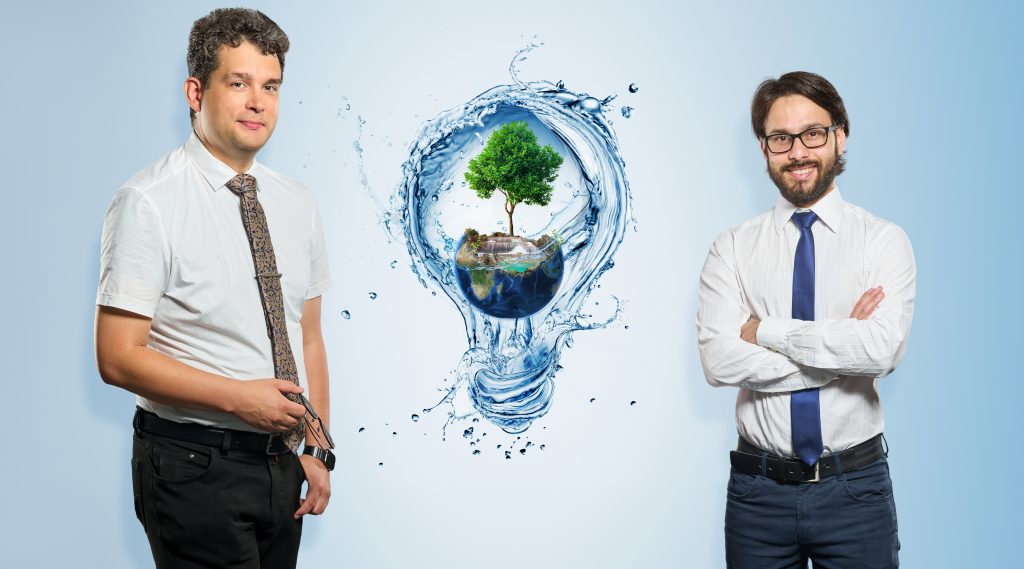New open access paper published in Journal of Power Sources on an interlaboratory study on supercapacitor data evaluation. Supercapacitors are quick-charging energy savers crucial for building a strong, eco-friendly energy future. However, there’s inconsistency in reporting practices that’s hindering accurate device performance comparison within the literature. Spearheaded by our colleagues at the University of Cambridge (Jamie Gittins and Alexander Forse), the study uncovers major issues, such as the use of wrong formulas and varied interpretations of key terms, causing significant variability in data reporting.
We’ve noticed even more variation in non-ideal capacitive behavior reports. We also plaidoyer in favor of optimized machine-learning tools that automatically derive relevant key data directly from various data files under different testing conditions. Such an “approved” tool, especially when being part of open science, would enormously reduce the variation seen from today’s use of individual approaches toward supercapacitor data analysis.
Many thanks to the research participants: Jamie Gittins, Yuan Chen, Stefanie Arnold, Veronica Augustyn,
Andrea Balducci, Thierry Brousse, Elzbieta Frackowiak, Pedro Gomez-Romero, Archana Kanwade, Lukas Köps, Plawan Jha, Dongxun Lyu, Michele Meo, Deepak Pandey, Le Pang, Mario Rapisarda, PhD, Daniel Rueda Garcíaía, Saeed Saeed, Parasharam Shirage, Adam Ślesiński, Francesca Soavi, Jayan Thomas, Magdalena Titirici, Hongxia Wang, Zhen Xu, Aiping Yu, Maiwen Zhang, Alexander Forse






